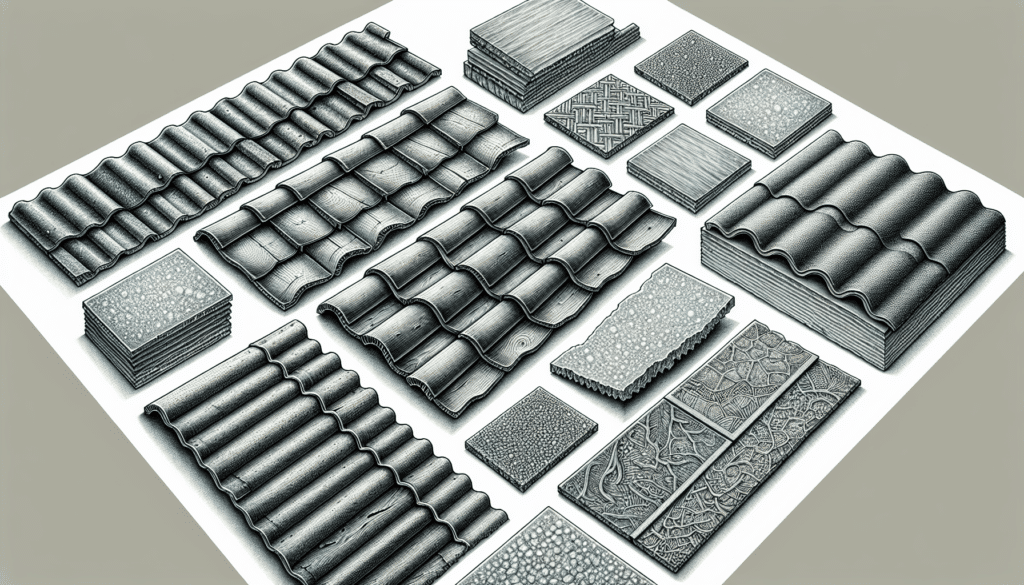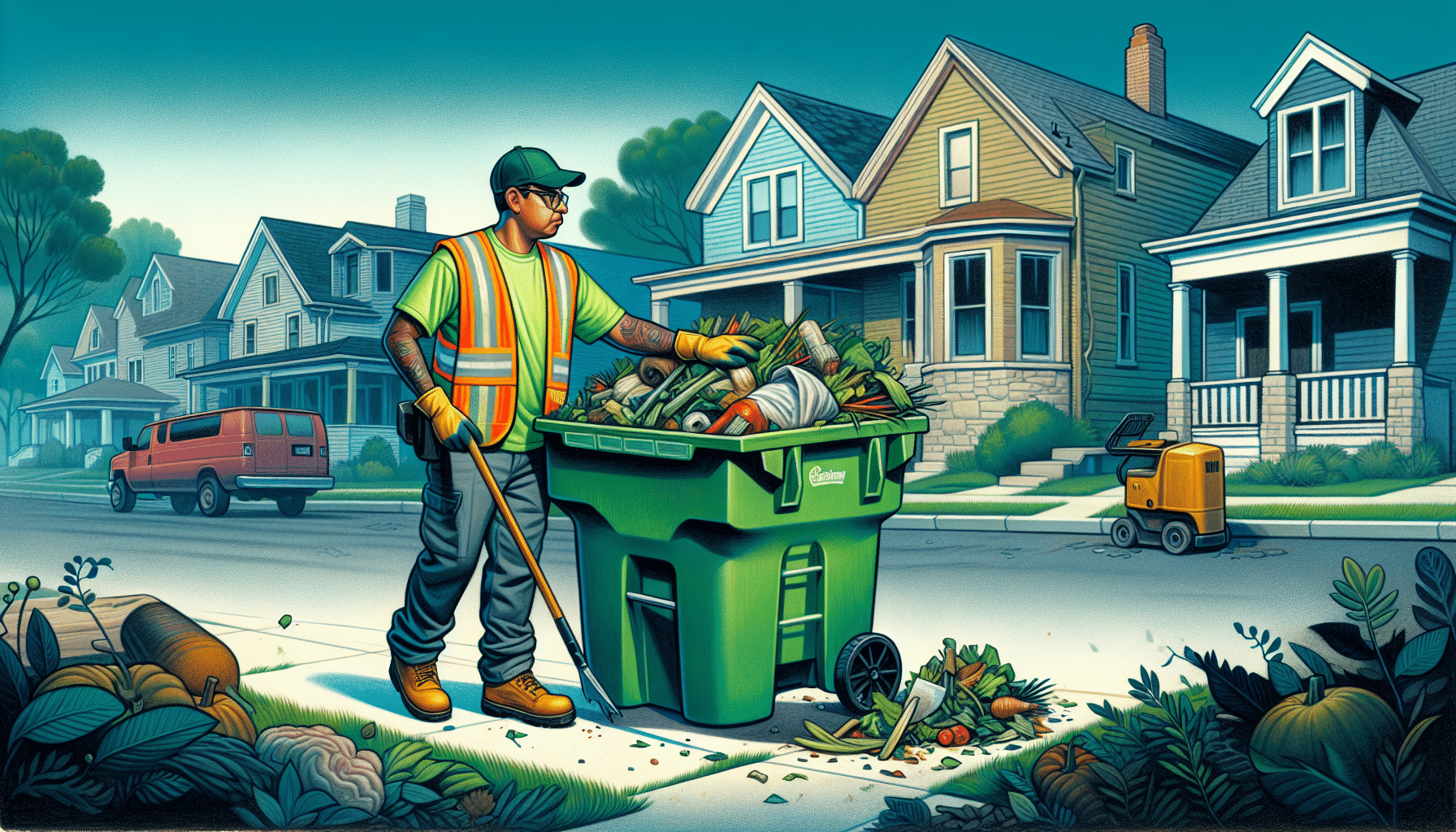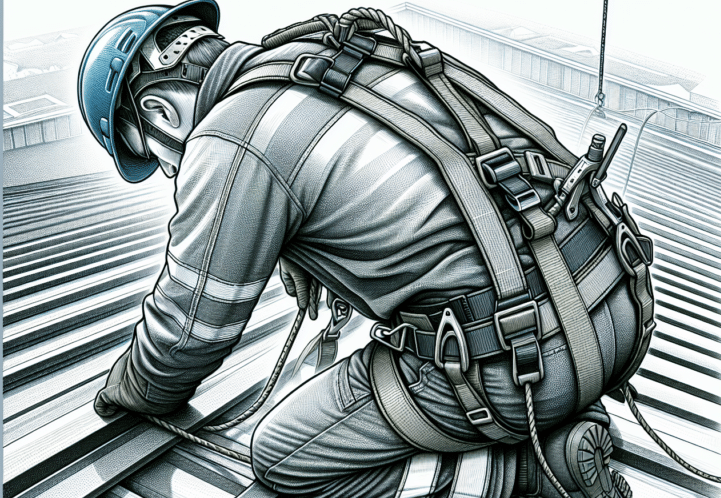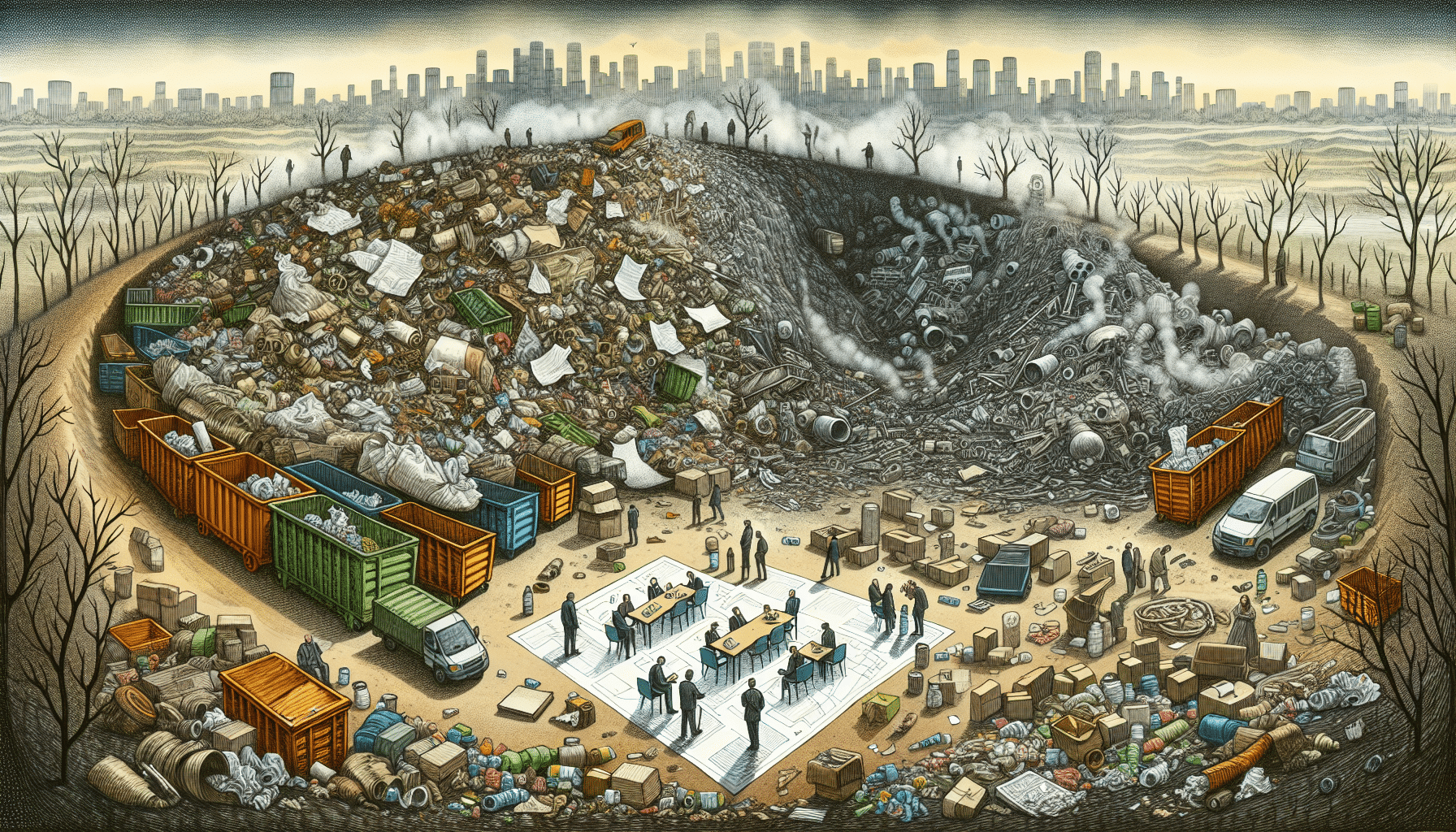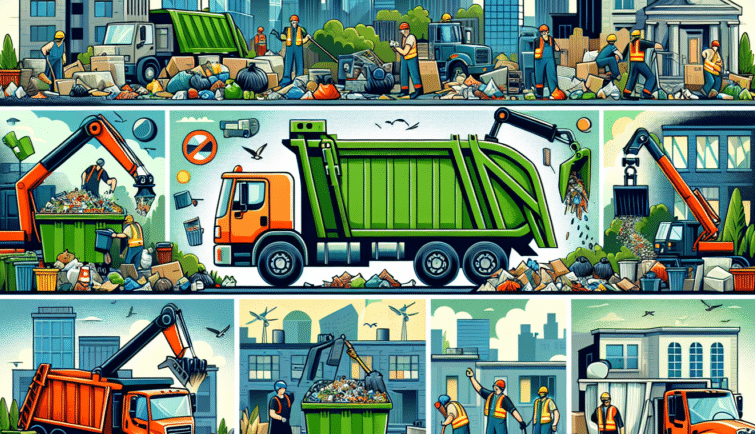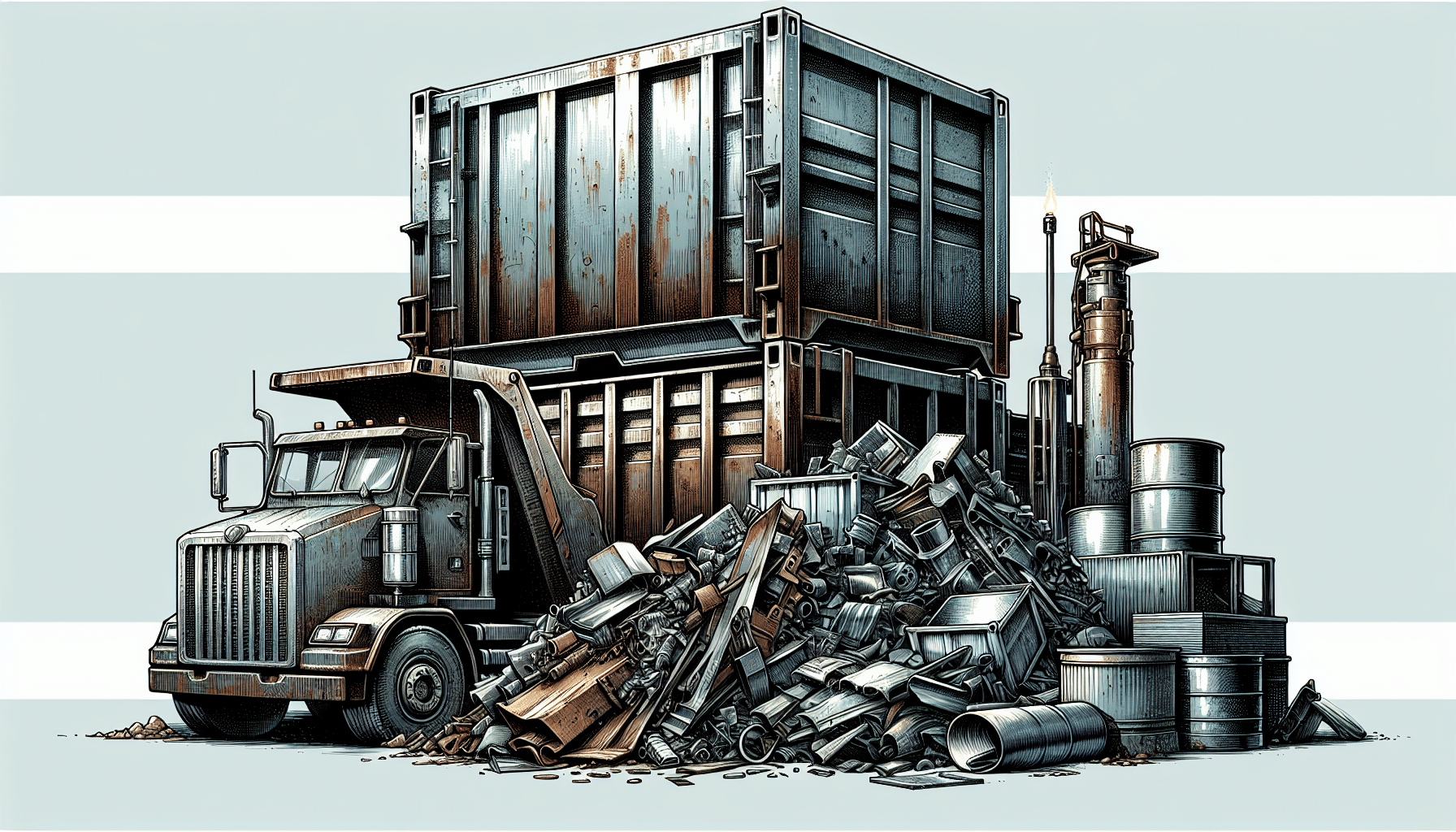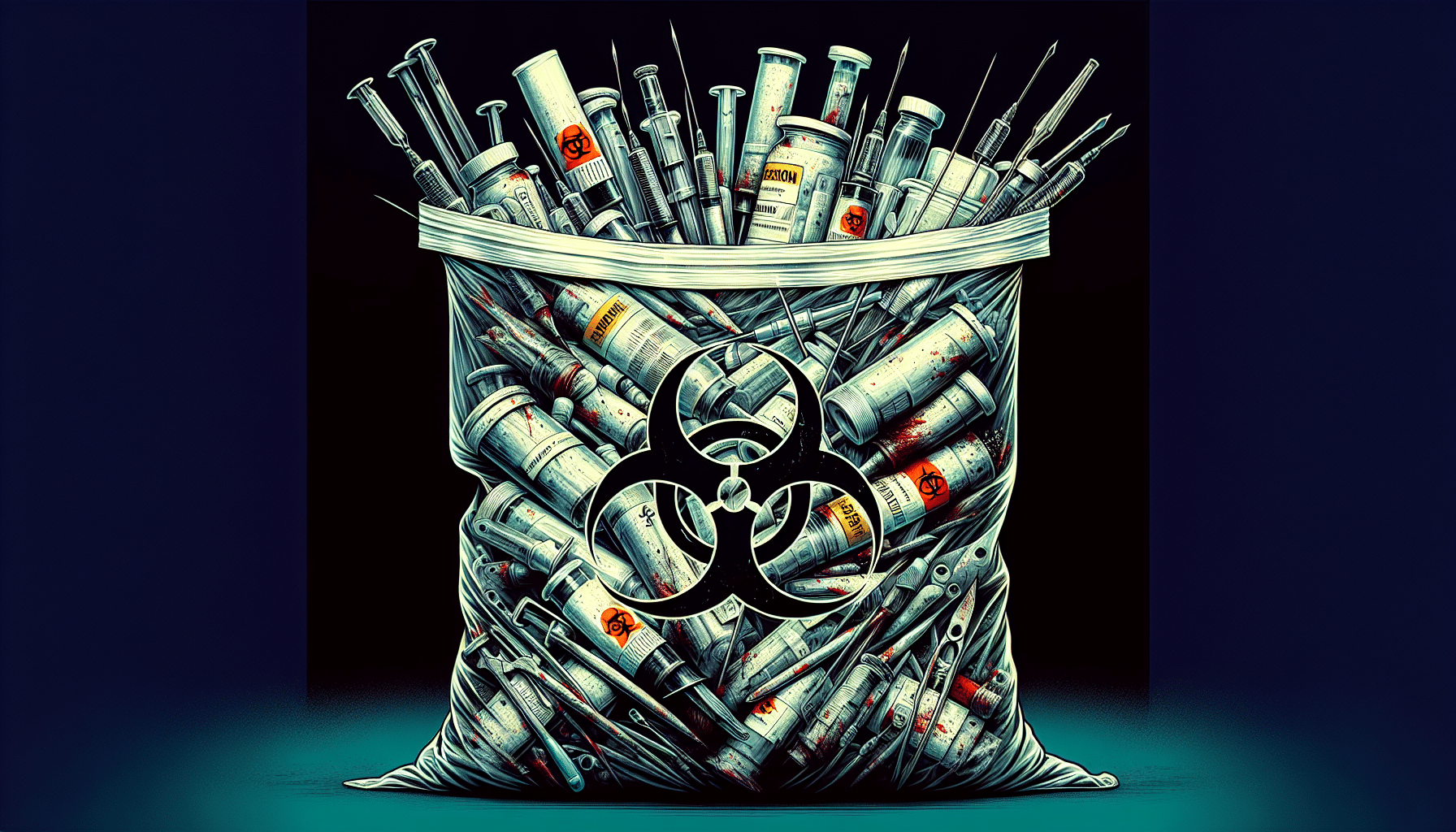Knowing whether your roof contains asbestos is crucial for your health. Asbestos in roofing can pose serious health risks if disturbed. In this article, we’ll guide you through identifying asbestos in your roof, understanding the health hazards, and safely handling or removing asbestos materials.
Key Takeaways
- Asbestos was extensively used in roofing materials due to its durability, fire resistance, and limited insulation properties, making it a favored choice before its health risks were widely known.
- The hazardous effects of asbestos exposure, such as lung cancer and mesothelioma, led to significant regulatory actions and bans in the late 20th century.
- Safe handling and removal of asbestos roofing materials should only be performed by trained and certified professionals to comply with legal regulations and minimize the risk of asbestos fiber release.
Understanding Asbestos in Roofing

Asbestos found extensive application in roofing materials in the early 1900s, thanks to its outstanding characteristics. The mineral’s fibers were added to strengthen roofing materials, making them more durable and longer-lasting. Additionally, asbestos offered significant fireproofing benefits. These qualities made asbestos a favored choice in the construction industry, especially for roofing applications. Asbestos roofing materials were also thought to provide a limited amount of insulation, helping to regulate temperatures within buildings. This combination of durability, fire resistance, and insulation made asbestos roofing materials extremely popular before the full extent of its health risks was known.
Early Adoption and Popularity
Asbestos started being used in roofing materials in the early 1900s, rapidly winning favor due to its exceptional characteristics. Companies like Keasby & Mattison were among the first to produce corrugated asbestos sheets in 1907, marking the dawn of a new era in roofing. The rapid adoption of asbestos in roofing materials was driven by its ability to address common issues like flammability and durability, making it a widely sourced and trusted choice for builders and homeowners alike.
Types of Asbestos Roofing Products
Various forms of asbestos roofing materials were designed to meet diverse construction requirements. Asbestos cement roofing shingles were among the most common, used widely in both roofing and asbestos siding applications. These shingles were favored for their robustness and resistance to fire, making them a popular choice for residential and commercial buildings that required high-quality roofing and siding materials.
Another prevalent asbestos roofing product was roofing felt, often used for its waterproofing and insulating properties. Asphalt-based roofing material combined with asbestos were also common, providing enhanced durability and longevity to roofing systems.
Decline and Ban of Asbestos Use
Although initially popular, safety concerns regarding asbestos started arising in the 1960s. By the 1970s, the hazardous long-term effects of asbestos exposure were becoming increasingly clear, leading to a decline in its use. In 1989, the Asbestos Ban and Phase Out Rule was implemented, marking a significant step towards halting the use of asbestos in the United States. Other countries followed suit, with the UK introducing asbestos licensing regulations in 1983 and phasing out its use by 1985. By the early 1990s, most countries had banned or severely restricted asbestos use due to the undeniable health risks.
Health Risks Associated with Asbestos Exposure

Asbestos exposure carries severe health risks, as well documented in numerous studies. Asbestos exposure can lead to life-threatening diseases such as lung cancer, asbestosis, and mesothelioma. These diseases have a long latency period, often taking decades to manifest, which makes early detection and prevention particularly challenging.
How Asbestos Fibers Affect Health
When asbestos fibers are inhaled, they can lodge deep within lung tissue, causing inflammation and scarring over time. These asbestos particles are so small that they can remain airborne for days, posing a significant risk to anyone in the vicinity. Over time, the trapped fibers can lead to the development of serious health conditions, including:
- Cancerous tumors called mesothelioma
- Lung cancer
- Asbestosis
- Pleural plaques
- Pleural effusion
It is important to take precautions to avoid exposure to asbestos and to seek medical attention if you believe you have been exposed.
Occupational Safety for Roofing Workers
Occupational safety takes precedence for roofing workers handling asbestos materials. Using NIOSH-approved respirators, such as N-100 or P-100 respirators, can significantly reduce the risk of asbestos exposure. Additionally, workers must wear protective clothing to prevent asbestos fibers from coming into contact with their skin.
Identifying Asbestos in Roofing
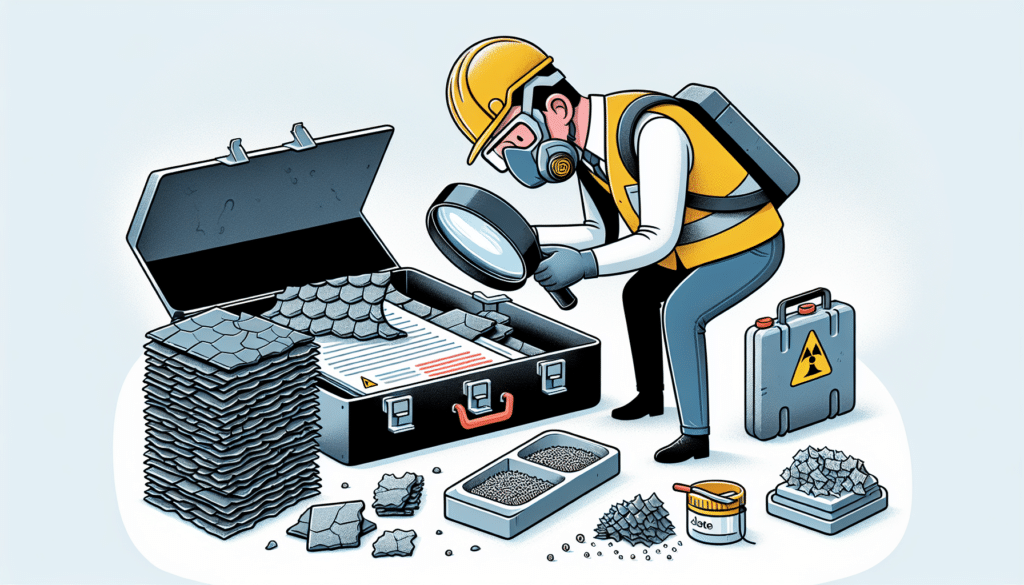
Spotting asbestos in roofing materials is essential for maintaining safety. Common methods include checking for asbestos markings on the materials or their packaging and hiring a certified asbestos inspector to sample and test the materials.
Common Roofing Materials Containing Asbestos
Several roofing materials historically contained asbestos, including asphalt roofing felt, asphalt shingles, and cement roofing shingles. These materials were widely used due to their durability and fire-resistant properties. In addition to these, roof underlayment, sealants, and flashing often contained asbestos, adding to the complexity of identifying all potential sources of exposure.
If your home was built before the 1980s, there is a higher likelihood that it may contain asbestos in various materials. Some common places where asbestos insulation materials might be found include:
- Flat roofs
- Garages
- Sheds
- Warehouses
It is important to be aware of the potential presence of asbestos in these areas and take appropriate precautions, following asbestos NESHAP guidelines.
Visual Identification and Testing
Visual identification of asbestos in roofing materials can be challenging. However, certain markings on the materials or their packaging can indicate the presence of asbestos. If such markings are not present, it is best to assume that the materials contain asbestos and treat them accordingly.
Various types of asbestos surveys can be conducted to determine the presence of asbestos in buildings. These include Asbestos Management Surveys, Major Refurbishment and Demolition Asbestos Surveys, and Re-inspection Asbestos Surveys. It is recommended to arrange an asbestos survey with a trained and accredited specialist if there is any doubt about the presence of asbestos.
Safe Handling and Removal of Asbestos Roofing
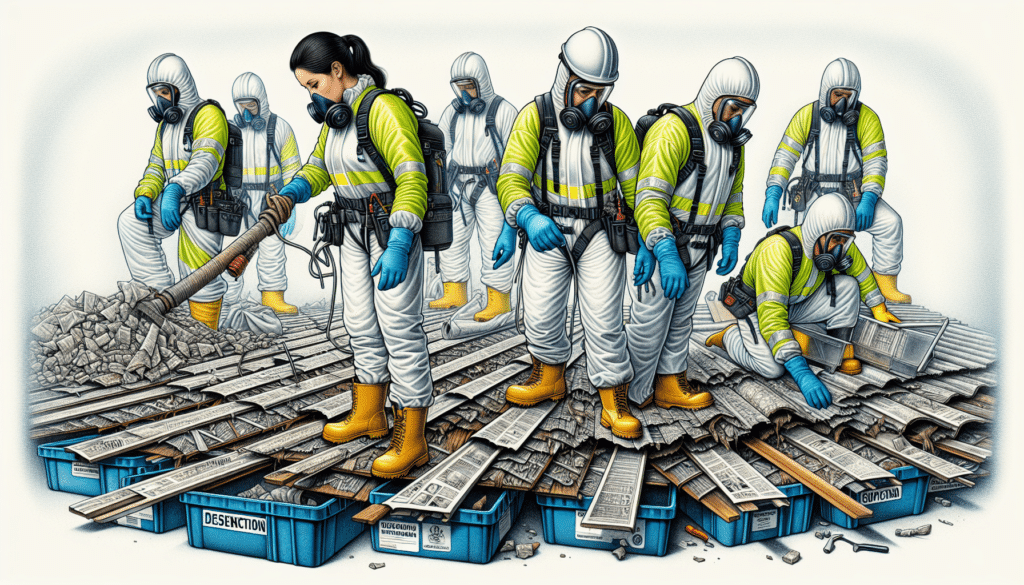
Only trained and certified professionals should perform the safe handling and removal of asbestos roofing materials. This ensures that the process is carried out safely and in compliance with legal regulations, minimizing the risk of asbestos fiber release.
Professional Asbestos Roof Removal
If you suspect asbestos in your roofing, it is crucial not to attempt removal yourself. Instead, contact trained and certified professionals who can handle the process safely. These professionals are often required to be accredited by state and local agencies, ensuring they have the proper training and qualifications. After the removal, the roof should be repaired or replaced by a qualified roofing contractor to ensure the safety and integrity of the structure.
Legal Regulations and Guidelines
Asbestos handling and disposal are regulated by various laws and agencies. The following laws and regulations are in place to ensure safety:
- The Clean Air Act of 1970
- The Toxic Substances Control Act of 1976
- Regulations set by the Environmental Protection Agency (EPA)
- Regulations set by the Occupational Safety and Health Administration (OSHA)
These regulations empower the EPA and OSHA to set safety standards and regulate asbestos, particularly in construction and shipyards.
Compensation and Legal Recourse for Asbestos Exposure
Legal claims, lawsuits, and trust funds set up by accountable companies can provide compensation for asbestos exposure victims. This compensation can help cover medical expenses, lost income, and personal injury suffering.
Filing Claims for Asbestos-Related Diseases
Filing claims for diseases related to asbestos necessitates collecting evidence like medical records and employment history, frequently requiring expert testimony to link exposure to the disease. Victims and their families can file personal injury and wrongful death lawsuits to obtain compensation. These lawsuits can cover medical expenses, lost income, and pain and suffering. The statute of limitations for mesothelioma claims varies by state, so it is essential to act promptly.
Trust Funds for Asbestos Victims
Many asbestos companies have established trust funds to compensate individuals who developed mesothelioma or other asbestos-related diseases. These trust funds provide financial compensation from bankrupt companies, helping victims recover damages without the need for litigation. Submitting a claim to an asbestos trust fund involves proving exposure and providing medical documentation. An experienced mesothelioma law firm can guide victims through this process and help determine if a responsible company has a trust fund.
Preventative Measures for Homeowners
Preventative measures should be taken by homeowners to safeguard their health and adhere to regulations. When suspecting asbestos presence in your roof, the initial step is to reach out to a certified professional for an inspection. These inspectors can assess the condition, take samples for testing, and provide guidance on the necessary steps for safe handling and removal. If asbestos is confirmed, work with an asbestos abatement contractor to create a plan for its safe removal. These professionals specialize in the safe repair and removal of asbestos materials, ensuring that the process complies with legal regulations and minimizes health risks.
Insurance Coverage for Asbestos Roof Replacement
Understanding your insurance coverage for asbestos roof replacement can be complex. Most home insurance policies do not cover asbestos removal, as it is often considered a simple home repair rather than a medical concern.
Homeowners should thoroughly review their insurance policies to understand the specific conditions and coverage options. Additionally, exploring local government programs or financial assistance options can provide further support for asbestos roof replacement.
Summary
Asbestos in roofing, once hailed for its durability and fire resistance, poses significant health risks that have led to its decline and eventual ban. Understanding the historical use, health dangers, and safe handling of asbestos roofing materials is crucial for homeowners and roofing workers alike. By taking preventative measures, seeking professional inspections, and understanding insurance coverage, homeowners can manage asbestos-related concerns effectively.
Frequently Asked Questions
How can I identify if my roofing contains asbestos?
To identify if your roofing contains asbestos, look for asbestos markings on the roofing materials or their packaging and consider hiring a certified asbestos inspector to sample and test the materials.
What are the health risks of asbestos exposure?
Asbestos exposure can lead to severe diseases such as lung cancer, asbestosis, and mesothelioma, with a long latency period that makes early detection challenging.
Can I remove asbestos roofing myself?
No, it’s important to hire trained and certified professionals to remove asbestos roofing for safety and legal compliance.
Are there any insurance options for asbestos roof replacement?
There may be some insurance coverage available for asbestos roof replacement if removal is mandated by the local government or due to environmental damage. Make sure to check with your insurance provider for specific details.
How can asbestos victims seek compensation?
Victims of asbestos exposure can seek compensation by filing claims, lawsuits, and applying to trust funds set up by liable companies.
